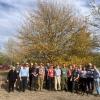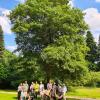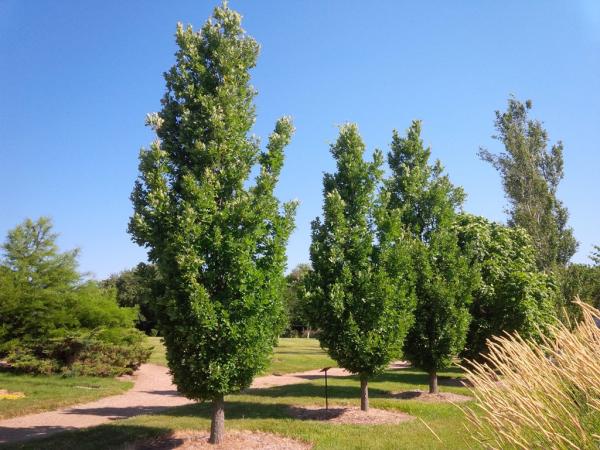Editor's Picks
Plant Focus
The Major Oak of Sherwood Forest in Nottinghamshire—quite possibly Britain’s best known and most celebrated oak tree—appears to be close to death.
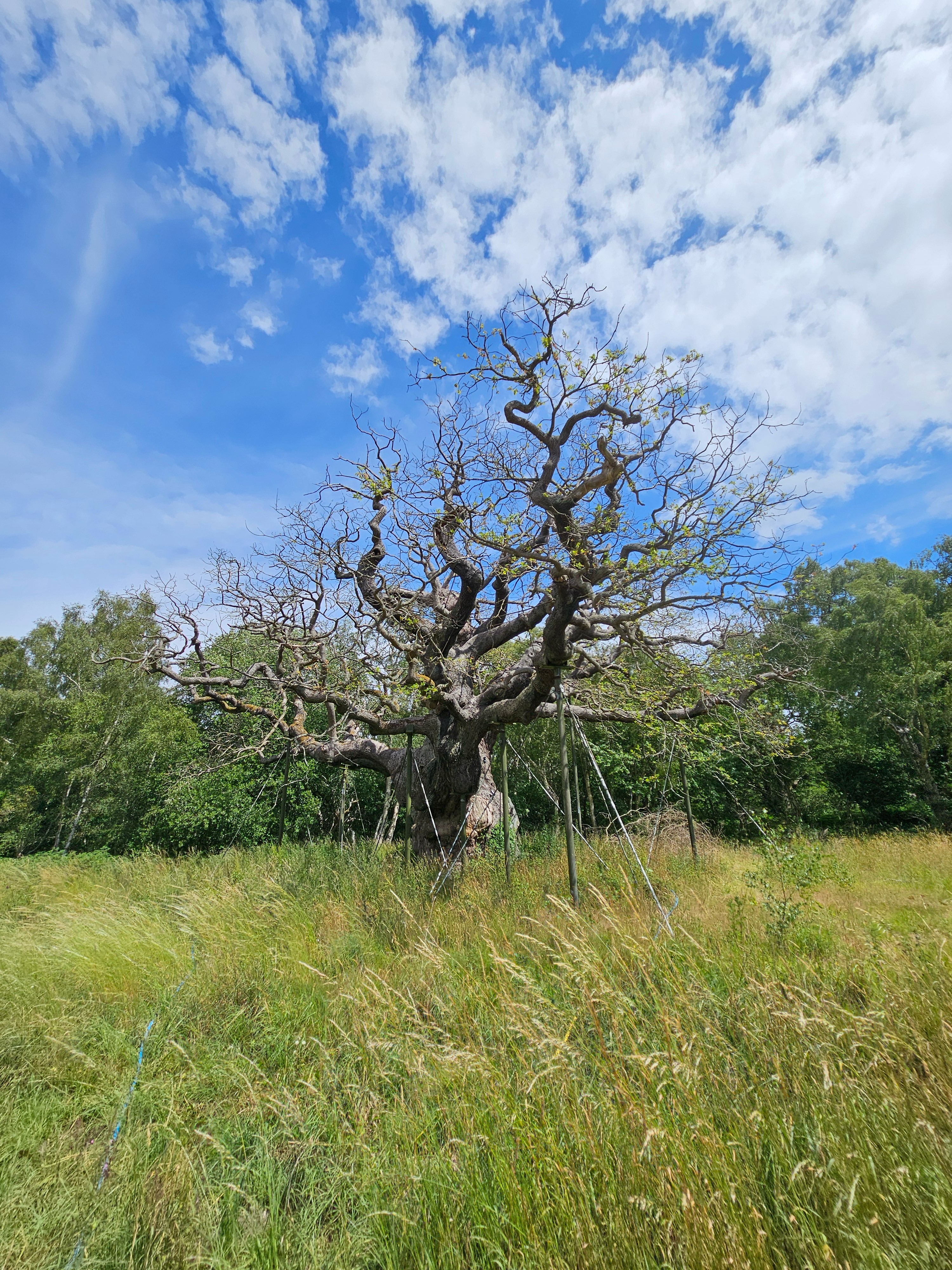
© Chloe Ryder
This veteran pedunculate oak (Quercus robur) has variously been estimated to be between 800 and 1,100 years old and because of its location it has in the past been fancifully linked to (possibly fictitious) Robin Hood and his band of outlaws. This link and the tree’s resulting celebrity may be indirectly responsible for its current condition: it has, as one commentator put it, “been loved to death” (see this article in International Oaks No. 14, Spring 2003 for some background).
The tree was looking relatively healthy throughout the first decade of this century, but concern for its condition has been growing over recent years, especially during the last three, which have experienced spring and summer drought conditions and high temperatures. This has been compounded by the known soil compaction, caused by the feet of thousands of visitors. A fence had been installed around the tree in the mid-1970s and no doubt this prevented any further compaction, but the damage had been done. The Royal Society for the Protection of Birds (RSPB), which currently has responsibility for the tree, commissioned a root radar survey and follow-up "ground-truthing" showed that the root system was much reduced and in poor condition.
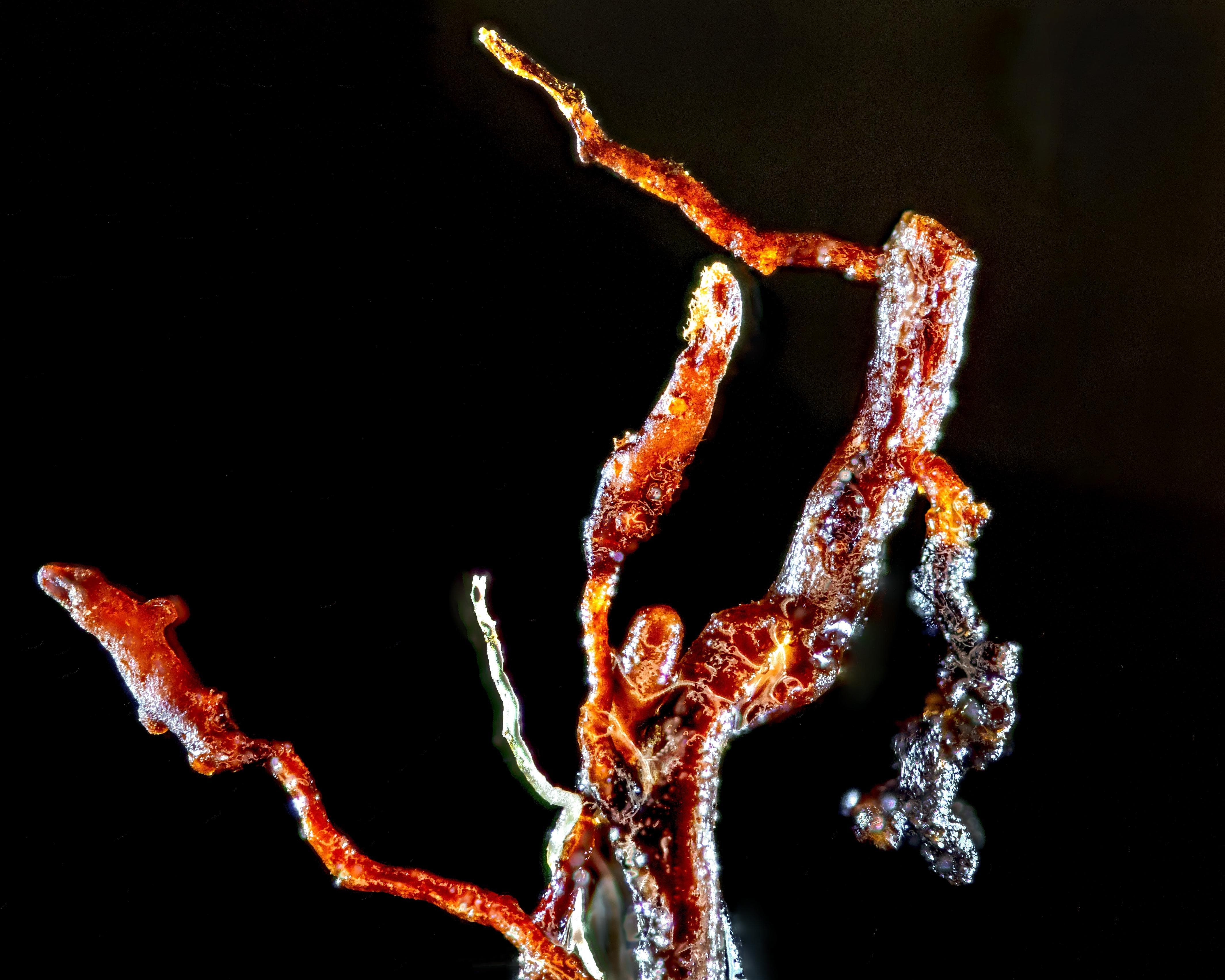
© Simon Parfey and SoilBioLab
Further analysis by a specialist laboratory disclosed an almost complete lack of mycorrhizae. It appears that the fungal partners usually associated with these oaks had deserted the tree, which consequently suffered a disastrous reduction in its capacity to take up water, exacerbated by the recent drought conditions.
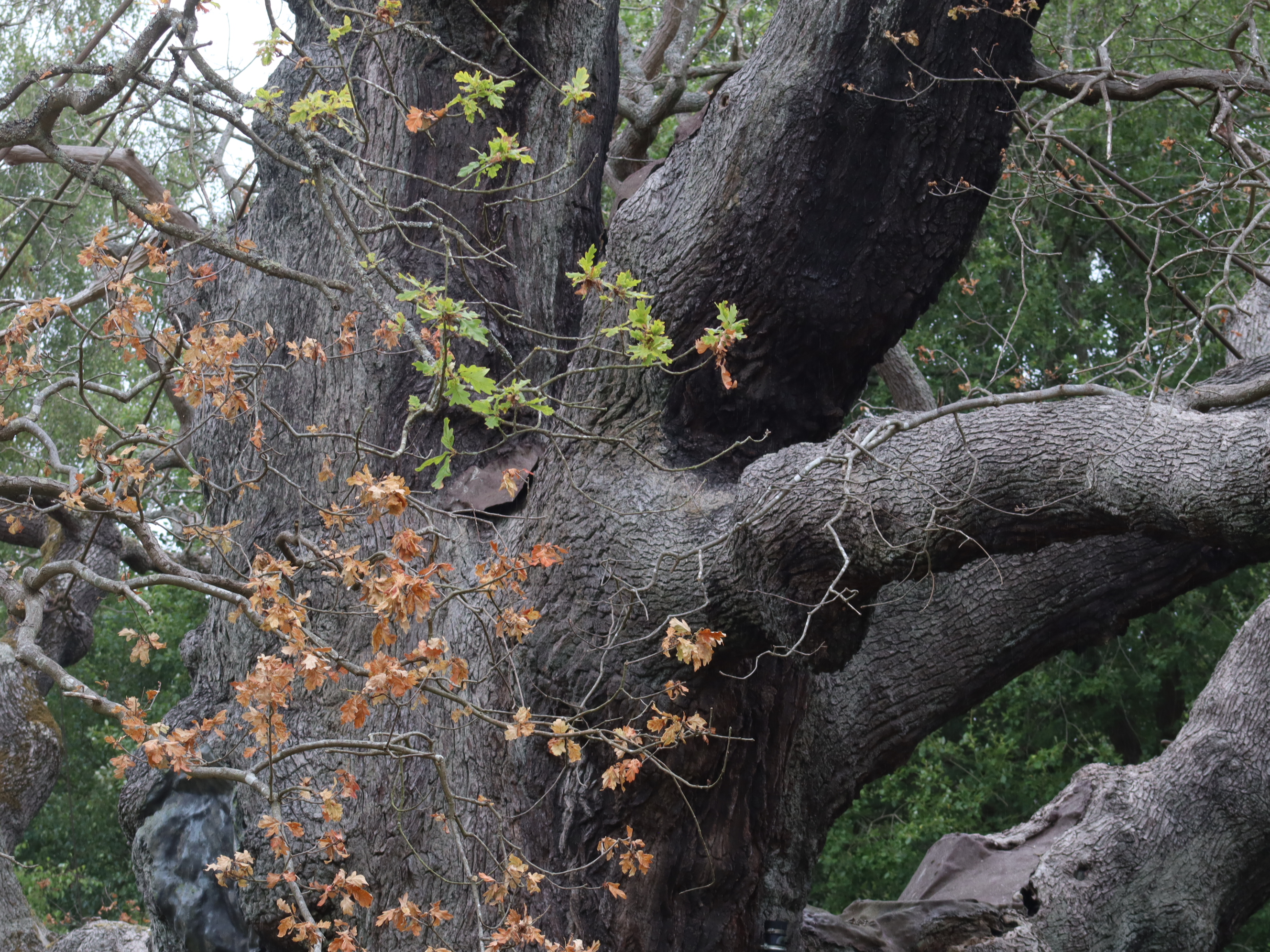
© Rob James
As the photograph above shows, the tree had partially leafed out in the spring of this year but many of the stunted leaves subsequently died back.
The RSPB had already begun a phased root recovery program. Because of the parlous condition of the root system, decompaction through air injection was deemed too dangerous, and the process was carried out painstakingly by hand. Organic material gathered from nearby in the forest has been incorporated in an attempt to stimulate biological activity. A watering system was also installed along with soil moisture monitoring probes and a number of dendrometers to assess the tree’s response to these measures. A short video about the latter process can be viewed below.
Earlier videos showing other aspects of the work can be viewed here and here.
Given the heroic efforts of the RSPB and its partners, it would be a tragedy if the tree were to succumb. We could take some slight consolation from knowing that the techniques developed here can be used in the future to maintain the lives of other veteran oaks.
We have one other source of consolation, too. The Major Oak was one of the subjects of Mark Frith’s monumental record, described here.
Fortunately, Mark was able to capture it in its full winter glory, before the dieback of the fine branches that is evident now.
Something of this great oak will remain with us, hopefully as a living tree, but if not as a hulk that will nurture the saproxylic insects that Sherwood is home to. In the worst case we will still have Mark’s superb memorial.
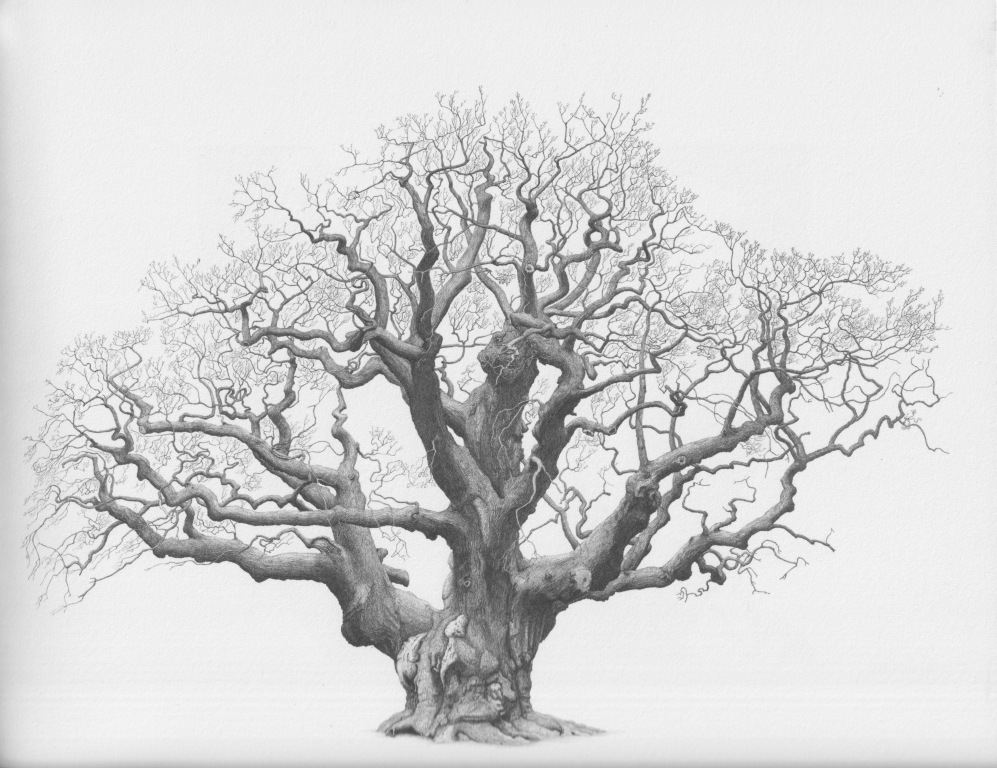
© Mark Frith

